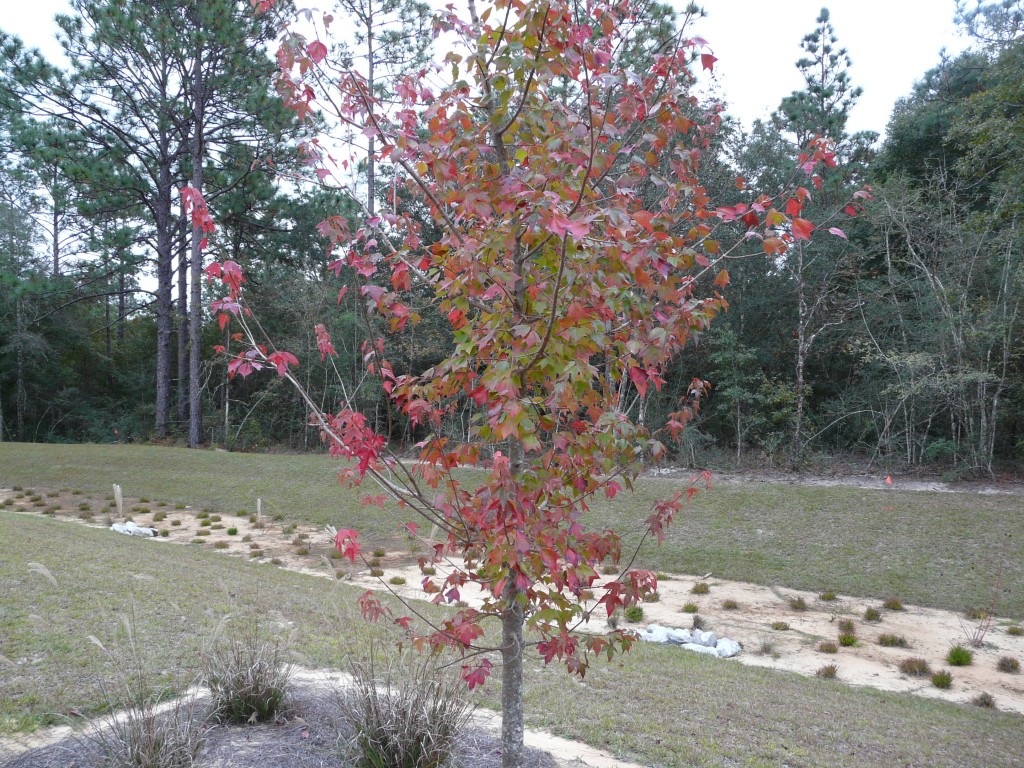The shorter days and cooler temperatures of autumn bring on changes in our shrubs and trees.
Most people expect to see changes in leaf color in deciduous trees and shrubs during fall. But some people become concerned when the leaves on certain evergreen plants begin to turn yellow with the change in the seasons. For many plants this is normal.
Azaleas may lose a few leaves now. These are the older leaves on the branches near the center of the plant. There is no need for alarm by the loss of a few older azalea leaves from now until spring. However, if the younger leaves, those nearest the tip of the shoot, turn yellow or brown there is cause for concern. Poor drainage, lack of water or alkaline soils may cause this condition. Be sure to keep azaleas and other ornamental plants well-watered during dry weather that may occur from now through spring.
Other plants such as gardenias, hollies and camellias may have yellowing leaves now. But as with azaleas, these are the older leaves on the stem near the center of the plant. The mature leaves will drop from the plant from now until spring. This is only the normal aging of older leaves. However, be careful to not confuse this normal process with spider mites, scale, lace bugs, nutrient deficiencies, poor growing conditions or salt injury. Just keep in mind that this normal change in leaf color and leaf drop occurs on the older leaves generally during cooler weather – it’s a seasonal change.

The leaves of sycamore trees have changed from green to brown by now. Although the sycamore is a deciduous tree, this phenomenon may not be caused by a change in day length or temperature alone. This change in leaf color in sycamores can begin in late summer. Many times, it is the result of sycamore lace bugs feeding on the leaves. By the time the damage is visible, there is little that can be done to correct the problem. However, this problem will take care of itself since sycamore trees will soon be dropping their leaves.
We do have some trees that exhibit beautiful fall foliage this time of year. A few to consider include hickory and gingko for their bright yellow fall foliage, black gum for its early display of brilliant red, purple or orange leaves and Chinese pistache for its late reddish-orange fall show. There are plenty of other good trees to consider for fall color here in North Florida such as dogwood, crape myrtle, Florida maple, sourwood, shumard oak and the list could continue.
- Know What You’re Doing when Amending Florida’s Sandy Soil - December 18, 2025
- Evaluate and Renovate Landscape During Fall - October 30, 2025
- Summer is Too Hot for Lawn Herbicides - August 23, 2025
